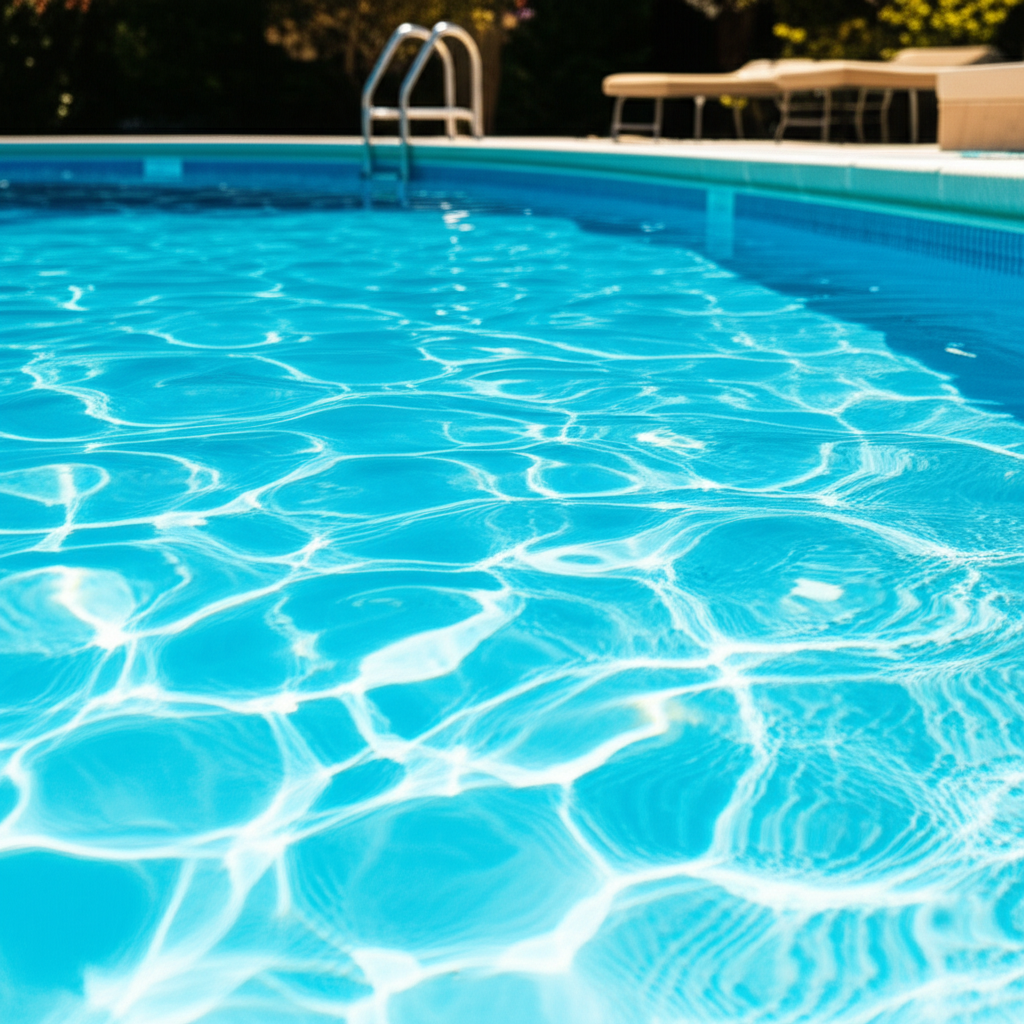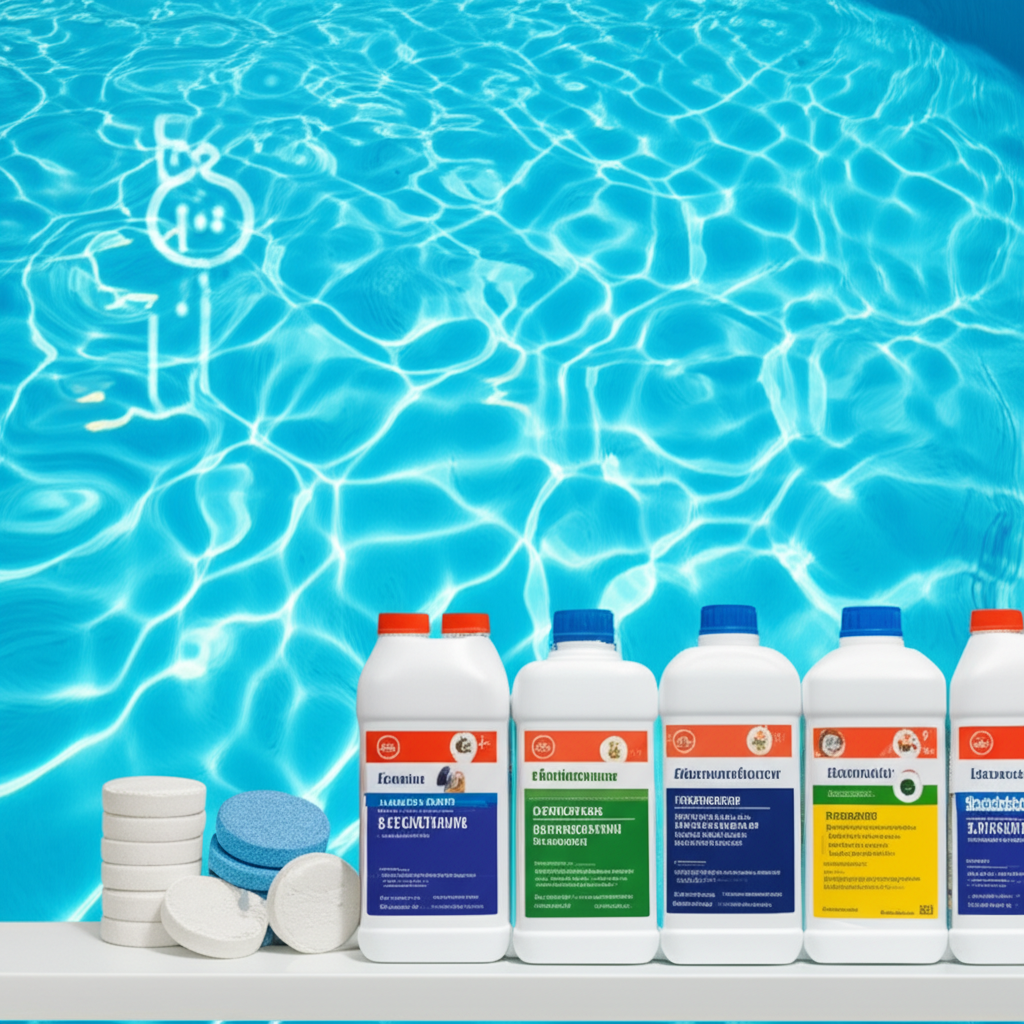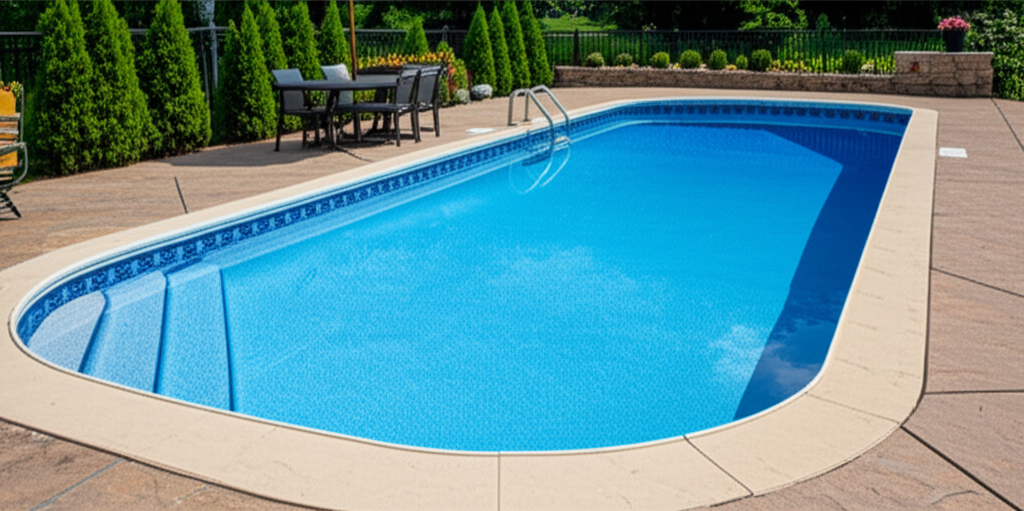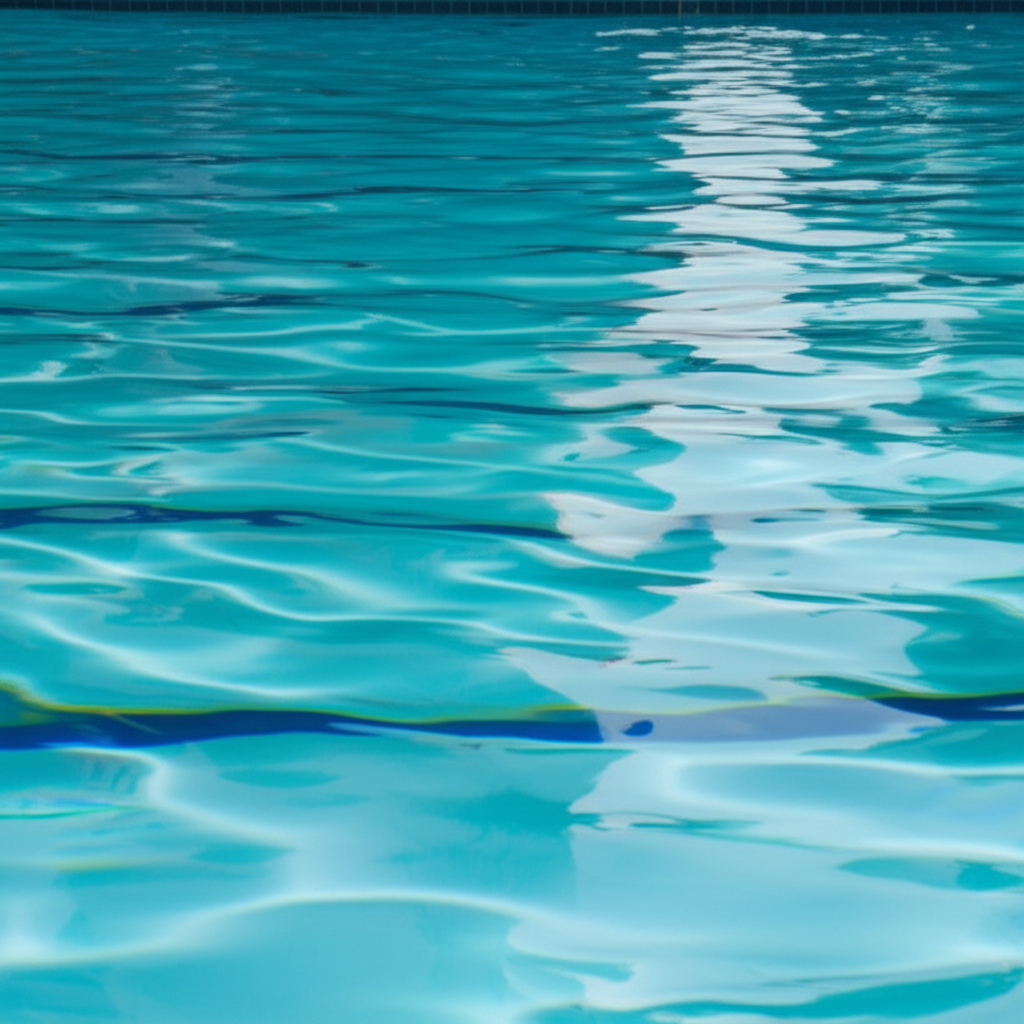- Why Pool Water Chemistry Matters So Much
- The Core Elements of Balanced Pool Water Chemistry
- pH: The Acidity/Alkalinity Balance
- Total Alkalinity (TA): The pH Buffer
- Calcium Hardness (CH): Protecting Surfaces and Equipment
- Sanitizer Levels: Eliminating Contaminants
- Essential Pool Chemicals for Maintaining Balance
- Your Routine for Stunning Pool Health
Water Chemistry is the cornerstone of a healthy, inviting, and safe swimming pool. Far more than just adding chlorine, understanding and balancing your pool’s chemical composition is essential for swimmer comfort, preventing equipment damage, and maintaining that sparkling, crystal-clear appearance everyone desires. Neglecting this crucial aspect can quickly lead to cloudy water, skin irritation, expensive repairs, and a less enjoyable swimming experience.
Why Pool Water Chemistry Matters So Much
The intricate dance of elements in your pool water directly impacts its overall well-being. Here’s why a consistent focus on Water Chemistry is non-negotiable:
Swimmer Health and Safety: Unbalanced water can cause red eyes, itchy skin, and respiratory issues. More seriously, improper sanitization allows dangerous bacteria and pathogens to thrive, posing significant health risks to anyone entering the water.
Preventing Pool Damage: Highly acidic water can corrode metal components like ladders, pump parts, and heaters, while overly alkaline water can lead to scale buildup on surfaces and equipment, reducing efficiency and lifespan.
Maintaining Aesthetics: No one wants to swim in green, cloudy, or murky water. Correct chemistry ensures your pool remains sparkling clean, inviting, and visually appealing.
Optimizing Sanitizer Effectiveness: Your chosen sanitizer (most commonly chlorine) works best within a specific pH range. If the water is too acidic or too alkaline, its effectiveness plummets, leaving your pool vulnerable to algae and bacteria.
The Core Elements of Balanced Pool Water Chemistry
Achieving stunning pool health hinges on monitoring and adjusting several key parameters. Think of these as the vital signs of your pool:
pH: The Acidity/Alkalinity Balance
pH measures how acidic or alkaline your water is on a scale of 0-14. For pools, the ideal range is 7.4 to 7.6, closely mimicking the pH of human tears, which helps prevent eye and skin irritation.
Low pH (acidic): Can cause etching of surfaces, corrosion of metal parts, rapid dissipation of chlorine, and swimmer discomfort.
High pH (alkaline): Leads to cloudy water, scaling on surfaces and equipment, reduced sanitizer efficiency, and can cause mild skin irritation.
Adjustment: Use pH Increaser (soda ash) to raise pH or pH Decreaser (muriatic acid or sodium bisulfate) to lower it.
Total Alkalinity (TA): The pH Buffer
Total Alkalinity measures the concentration of alkaline substances in your water, acting as a buffer to prevent dramatic swings in pH. The ideal range is 80-120 parts per million (ppm).
Low TA: Causes rapid and unpredictable pH fluctuations, makes it difficult to maintain pH, and can lead to corrosive conditions.
High TA: Makes it difficult to adjust pH, can cause cloudy water, and contributes to scale formation.
Adjustment: Use Alkalinity Increaser (sodium bicarbonate) to raise TA. Lowering TA typically involves adding muriatic acid incrementally, allowing the water to aerate.
Calcium Hardness (CH): Protecting Surfaces and Equipment
This measures the amount of dissolved calcium in your water. The ideal range is 200-400 ppm for most plaster pools, and slightly lower for fiberglass or vinyl liner pools (175-225 ppm).
Low CH (soft water): Water becomes corrosive, seeking calcium from plaster surfaces, grout, and metal equipment, leading to etching and component damage.
High CH (hard water): Causes scaling on pool surfaces, tile lines, heaters, and filters, reducing efficiency and potentially causing clogs.
Adjustment: Use Calcium Increaser (calcium chloride) to raise CH. Lowering CH is more challenging and often requires partial draining and refilling with softer water.
Sanitizer Levels: Eliminating Contaminants
The most common sanitizer is chlorine, which comes in various forms (tablets, granular, liquid). You primarily want to monitor Free Chlorine, the active form that kills bacteria and algae. The ideal range is 1-3 ppm.
Cyanuric Acid (CYA): Often called conditioner or stabilizer, CYA protects chlorine from degradation by the sun’s UV rays, extending its lifespan. Ideal levels are typically 30-50 ppm. Too low, and chlorine evaporates quickly; too high, and chlorine effectiveness is hindered, contributing to “chlorine lock.”
Essential Pool Chemicals for Maintaining Balance
To effectively manage your Water Chemistry, you’ll need a range of Pool Chemicals and a reliable testing kit. Here are the basics:
Test Kit/Strips: Non-negotiable for regular monitoring of pH, TA, CH, and free chlorine. Digital testers offer precise readings.
pH Increaser: To raise low pH.
pH Decreaser: To lower high pH.
Alkalinity Increaser: To raise low TA.
Calcium Increaser: To raise low CH.
Chlorine Sanitizer: Tablets (stabilized), granular (unstabilized or stabilized shock), or liquid (unstabilized).
Cyanuric Acid (CYA): If not using stabilized chlorine.
Shock Treatment: A concentrated dose of a strong oxidizer (often unstabilized chlorine) used to break down contaminants, kill algae, and restore water clarity.
* Algaecide (optional): A supplemental chemical to prevent or treat various types of algae.
Your Routine for Stunning Pool Health
Maintaining a beautiful pool is an ongoing commitment, not a one-time fix. Consistency is key:
1. Test Regularly: At least 2-3 times per week during peak season, and weekly during off-season. Keep a log of your readings and additions.
2. Adjust Incrementally: Always follow product instructions for dosing. Add chemicals slowly, one at a time, and allow time for them to circulate before retesting (usually several hours, or overnight).
3. Shock Your Pool: Perform a super-chlorination (shock treatment) weekly or bi-weekly, and after heavy use, rain, or if you notice any cloudiness or odor.
4. Clean and Filter: Regular skimming, brushing, and vacuuming remove physical debris. Ensure your filter is clean and running for the recommended hours (typically 8-12 hours per day) to circulate and clean the water.
5. Be Observant: Pay attention to how your water looks, smells, and feels. These can be early indicators of an imbalance.
By diligently monitoring and adjusting your Water Chemistry, you’re not just maintaining a pool; you’re cultivating a safe, healthy, and incredibly inviting aquatic oasis. Understanding these fundamental principles and regularly applying the right Pool Chemicals will ensure your pool remains a source of enjoyment and stunning clarity for years to come.




